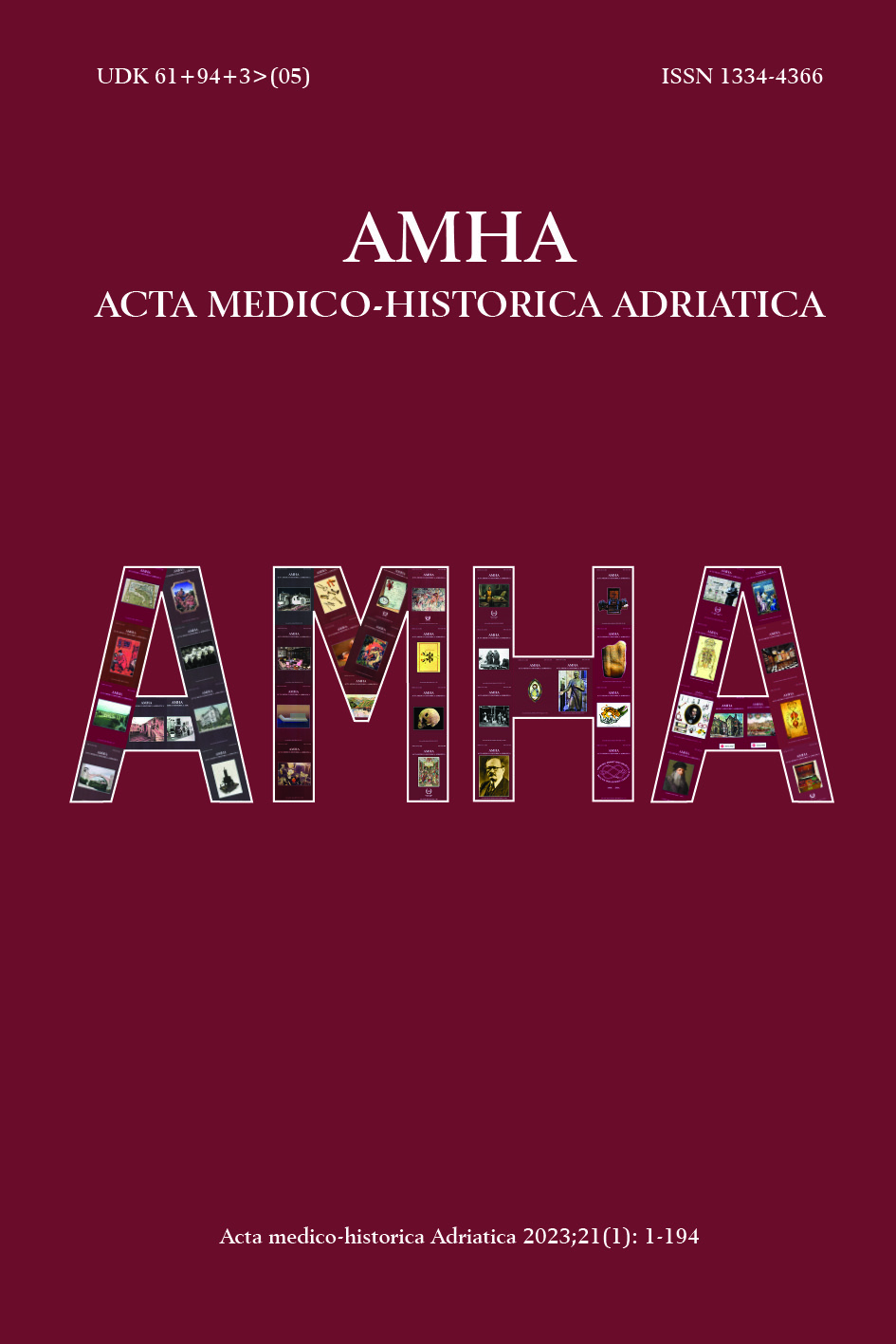PALEORADIOLOGICAL STUDY ON TWO INFANTS DATED TO THE 17th AND 18th CENTURIES
Keywords:
paleoradiology, infant mortality, paleopathologyAbstract
https://doi.org/10.31952/amha.21.1.3
During an excavation campaign in the Church of the Conversion of Saint Paul in Roccapelago (North Italy), a hidden crypt was discovered, which yielded the remains of more than 400 individuals. The crypt was used as a cemetery by the inhabitants of the village of Roccapelago between the 16th and 18th centuries. Along the north side of the crypt, an area apparently separated from the rest of the burials was found, bordered by stones, where several burials of newborns and infants were concentrated. From here, five fabric rolls containing bones were recovered, and it was decided not to carry out destructive analyses, allocating the two best examples to a thorough radiological investigation to try to define the type of burial and the complete biological profile of the infant. The two rolls, subjects of this study, can be dated archaeologically between the 17th and 18th centuries. CT analysis shows a varied group of bones with a fairly good state of conservation. The paleoradiological study carried out had the primary objective of avoiding the destruction of the two rolls, ensuring their conservation; but at the same time, providing essential data to understand their nature, defining the biological profile and the type of deposition.


